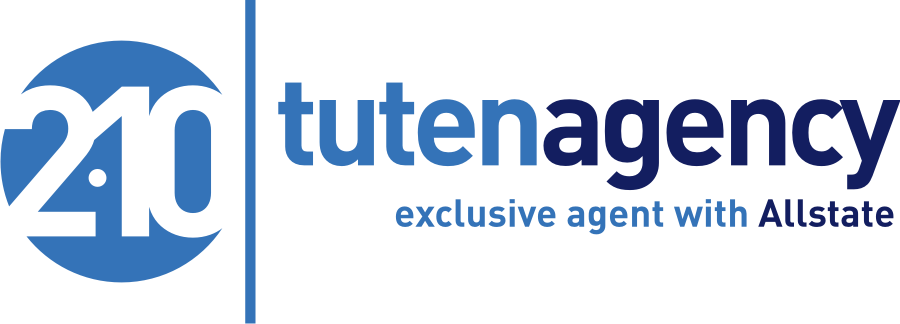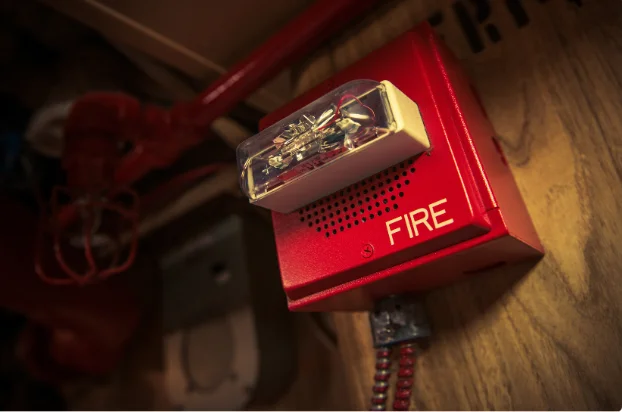Every year, fires in homes claim lives, cause injuries, and result in significant property damage. In the United States alone, the National Fire Protection Association reports that local fire departments respond to an estimated 354,000 home structure fires annually. These startling statistics highlight the critical importance of fire safety in our homes. This article delves into practical and often overlooked measures to prevent house fires, ensuring the safety and well-being of families.

Kitchen Fire Safety
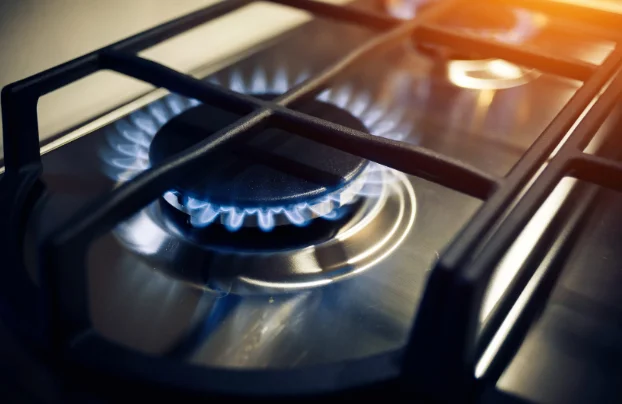
Attentive Cooking Practices:
Cooking, while an everyday activity, is the leading cause of home fires. Vigilance in the kitchen is paramount. Smart kitchen devices, such as automatic stove turn-off timers and heat sensors, can significantly mitigate fire risks. Regularly maintaining and cleaning cooking appliances is equally crucial. Grease buildup, often ignored, can be a silent contributor to kitchen fires.
Safe Outdoor Cooking:
Outdoor cooking, especially grilling, requires adherence to safety guidelines. Grills should be placed at least 10 feet away from the house, overhangs, and foliage. Using fireproof mats or designated cooking surfaces can further reduce the risk of fire spread.
Heating Equipment Safety
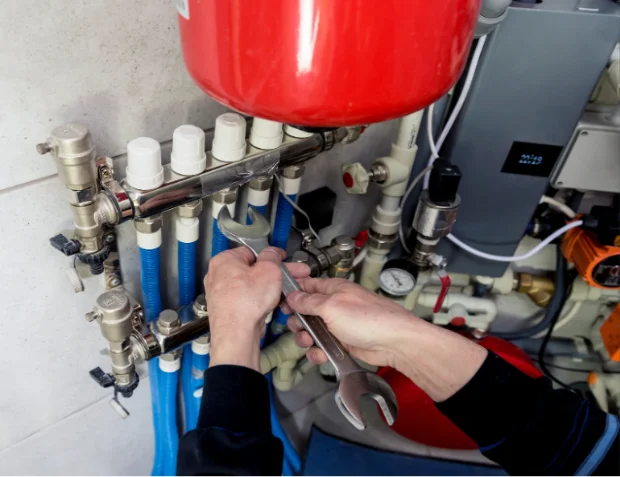
Using Heaters Wisely:
Portable heaters, while convenient, demand careful usage. Modern smart heaters come equipped with safety features like automatic shut off and tip-over protection, which can avert potential fire hazards. It’s vital to keep heaters away from combustible materials like curtains and furniture.
Heating System Maintenance:
Regular inspections and maintenance of heating systems by professionals can prevent fires caused by system malfunctions. This includes cleaning vents, checking for blockages, and ensuring the system complies with safety standards.
Heating System Inspection Checklist
- Visual Inspection:
- Check for any visible signs of damage to the heating unit, including rust, corrosion, or leaks.
- Ensure there are no obstructions around the heating system that could block airflow or ventilation.
- Filter Check:
- Inspect the filter for dirt and clogging. A dirty filter can reduce efficiency and increase fire risk.
- Replace the filter if it’s dirty or according to the manufacturer’s recommended schedule.
- Ventilation System:
- Check vents and air ducts for blockages, dust, or debris.
- Ensure all vents are open and unobstructed to maintain proper airflow.
- Thermostat Operation:
- Test the thermostat to ensure it operates the system correctly. Adjust the temperature to see if the system responds.
- Consider upgrading to a programmable thermostat for better efficiency and control.
- Electrical Connections:
- Visually inspect for any loose wires or electrical connections related to the heating system.
- Ensure the system’s power switch is functioning correctly.
- Carbon Monoxide Detectors:
- Test carbon monoxide detectors to ensure they are working correctly. Replace batteries if necessary.
- Install a carbon monoxide detector near the heating system if you don’t already have one.
- Professional Maintenance:
- Schedule an annual inspection and maintenance service by a certified professional.
- Keep records of professional maintenance and any repairs done.
- Safety Standards Compliance:
- Review the manufacturer’s guidelines to ensure your system complies with all recommended safety standards.
- Check for any recalls or safety notices issued for your heating system model.
- Emergency Procedures:
- Familiarize yourself with the emergency shut-off procedures for your heating system.
- Keep the area around the heating system clear of flammable materials.
- Heating Efficiency:
- Consider an energy audit to identify ways to improve your home’s heating efficiency.
- Seal windows and doors to prevent heat loss.
Additional Notes:
Always turn off the system’s power before conducting any inspections.
When in doubt, consult with a professional technician to address any concerns or issues found during your inspection.
Electrical Fire Prevention
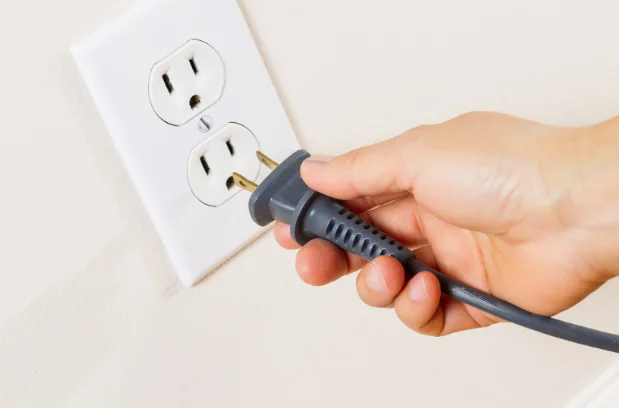
Spotting Electrical Hazards:
Electrical malfunctions are less obvious but significant fire hazards. Signs include flickering lights, frequent circuit breaker trips, and unusual odors from outlets. Timely professional inspections can identify and rectify potential hazards.
Managing Outlet Loads:
Overloading electrical outlets is a common mistake. Using surge protectors, distributing high-power appliances across multiple circuits, and unplugging devices when not in use can prevent electrical overloads.
Preparing for Fire Emergencies

Creating an Evacuation Plan:
Every household should have a fire evacuation plan. This includes identifying safe exits, establishing a meeting point outside the home, and practicing the plan regularly.
Fire Evacuation Plan Preparation Checklist
- Identify All Possible Exits:
- Walk through your home and identify two exits from each room, if possible, including windows and doors.
- Ensure that all exits are easily accessible and free from obstructions.
- Draw a Floor Plan:
- Create a simple diagram of your home’s floor plan, marking all possible exits.
- Highlight the primary and secondary exit routes on your floor plan.
- Establish a Meeting Point:
- Choose a safe, easily accessible meeting point outside your home where everyone will go after evacuating. This could be a tree, mailbox, or neighbor’s house away from potential danger.
- Ensure all household members know the location of the meeting point.
- Special Needs and Considerations:
- Account for family members with mobility issues, young children, elderly members, or pets.
- Assign someone to assist them during an evacuation.
- Practice Makes Perfect:
- Conduct fire drills at least twice a year, practicing different scenarios and using different exit routes.
- Practice nighttime and daytime drills to prepare for an evacuation at any time.
- Fire Safety Equipment:
- Install smoke alarms on every level of your home, inside bedrooms, and outside sleeping areas.
- Test smoke alarms monthly and change batteries at least once a year.
- Have fire extinguishers readily available, and ensure all household members know how to use them.
- Escape Ladders:
- For multi-story homes, consider purchasing escape ladders for rooms above ground level.
- Store escape ladders near the window and practice deploying them.
- Communication Plan:
- Ensure that all household members know how to call 9-1-1.
- Designate an out-of-town contact that all family members can call in case local phone lines are overwhelmed or not functioning.
- Secure Important Documents:
- Keep important documents (identification, medical records, insurance information) in a fireproof safe or a safety deposit box.
- Consider digitizing critical documents and storing them in a secure, accessible online location.
- Review and Update Your Plan:
- Regularly review and update your evacuation plan to accommodate changes in your household or living arrangements.
- Ensure new household members are familiarized with the evacuation plan.
- Stay Informed:
- Keep informed about local emergency response plans and participate in community preparedness activities.
- Familiarize yourself with the sound of your smoke alarm to react quickly in an emergency.
Emergency Response Techniques:
In case of being trapped, knowing how to use smoke barriers, like wet towels under doors, can be life-saving. Immediate actions like ‘stop, drop, and roll’ if clothing catches fire are essential knowledge.
Essential Emergency Response Techniques for Homeowners
- Stop, Drop, and Roll:
- If your clothes catch fire, remember to STOP immediately, DROP to the ground, and ROLL over back and forth until the fire is extinguished. Cover your face with your hands to protect it from flames.
- Smoke Barriers:
- Use wet towels or clothes to block smoke from entering the room by placing them under the door. This can help reduce smoke inhalation if you are trapped.
- Low Crawling:
- In a smoke-filled room, stay low to the ground while exiting to avoid inhaling toxic fumes, as smoke rises. Use the “crawl” technique to move toward your nearest exit.
- Checking Doors for Heat:
- Before opening any doors, use the back of your hand to check if the door or doorknob is hot. If it is, do not open the door as there may be fire on the other side. Look for an alternative escape route.
- Using Escape Routes:
- Always know at least two escape routes from every room in your home. If the primary route is blocked, use your secondary route to escape.
- Closing Doors Behind You:
- Close doors behind you as you evacuate to help slow the spread of fire and smoke.
- Emergency Calling:
- Once safe, call 9-1-1 or your local emergency number immediately. Provide your location and the nature of the emergency.
- Using Fire Extinguishers:
- Familiarize yourself with the PASS technique to use a fire extinguisher: Pull the pin, Aim low at the base of the fire, Squeeze the handle, and Sweep the nozzle side to side.
- Evacuation Plan Practice:
- Regularly practice your home evacuation plan with all household members. Drills should include scenarios for daytime and nighttime.
- Safe Meeting Point:
- Establish a safe meeting point outside your home where everyone will gather after evacuating. This ensures all household members are accounted for.
- Avoid Elevators:
- In case of fire, always avoid using elevators. Use the stairs to evacuate from buildings.
- First Aid Knowledge:
- Learn basic first aid and CPR. Knowing how to treat burns, cuts, and other injuries can be invaluable after an evacuation or during an emergency.
- Keeping Emergency Kits Accessible:
- Maintain an emergency kit in your home and a smaller version in your car. Kits should include water, non-perishable food, a flashlight, batteries, a first aid kit, and other essentials.
- Staying Informed:
- Use a battery-powered or hand-crank radio to stay informed about the emergency and receive instructions from local authorities.
Safeguarding Important Documents:
If you are a homeowner that keeps paper copies of everything, then keeping documents in fireproof safes ensures that crucial paperwork is preserved in case of a fire.
Another (and maybe better) option is to create a digital backup of all of your important documents. Here are some documents that are typically stored on a separate thumb drive or in the cloud by homeowners:
Maintaining Smoke Alarms:
Functional smoke alarms are the first line of defense in fire detection. Regular monthly testing and timely battery replacement are non-negotiable practices.
Understanding Fire Extinguishers:
Knowledge of the different types of fire extinguishers (Class A for common combustibles, Class B for flammable liquids, and Class C for electrical fires) and their proper use is essential. Each home should have accessible extinguishers on every floor.
Contact Information for Local Fire Departments:
One of the most crucial steps in ensuring your home’s fire safety is knowing how to reach out for professional help. Local fire departments can provide invaluable assistance and guidance. They often offer services such as home fire safety inspections, advice on fire prevention strategies, and assistance in creating a fire evacuation plan.
For homeowners, having the contact information of their local fire department readily available is highly recommended. You can typically find this information on the fire department’s official website or through your city’s or town’s government pages. To access these details conveniently, you can check here. Additionally, some fire departments also offer community programs and workshops focused on fire safety and prevention. By participating in these programs, you can gain hands-on knowledge and skills to protect your home and family from fire hazards.
Conclusion
Implementing these fire prevention measures can significantly reduce the risk of house fires. Regular review and updates of fire safety plans, coupled with awareness and education, are the cornerstones of ensuring a safe home environment. Let’s make fire safety a priority to protect our homes and loved ones.
Frequently Asked Questions about House Fire Prevention
How often should I test my smoke alarms?
Test your smoke alarms at least once a month and replace batteries at least once a year, or as recommended by the manufacturer.
Can any fire extinguisher be used for all types of fires?
No, there are different fire extinguishers for various types of fires. Class A is for ordinary combustibles, Class B is for flammable liquids, and Class C is for electrical fires.
How do I create a fire evacuation plan?
Identify two ways out of each room, ensure windows and doors are easily openable, set a meeting place outside your home, and practice the plan with all household members.
What is the safest way to use a portable heater?
Keep the heater at least three feet away from anything that can burn, and always turn it off when leaving the room or going to bed.
